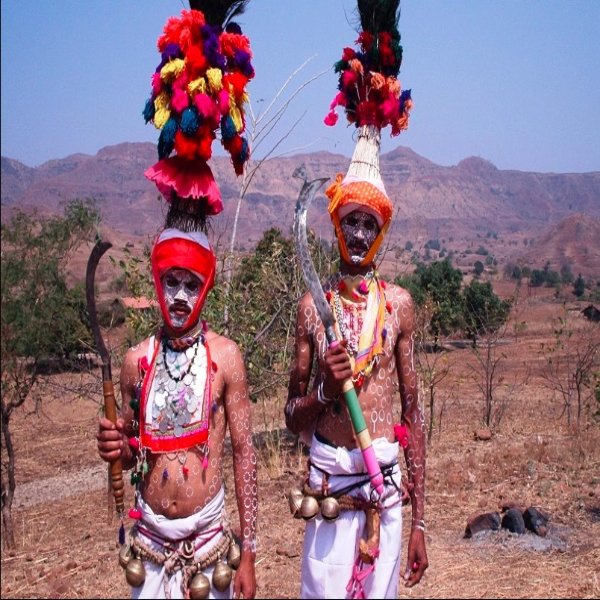
tribal oral tradition
Wedding Songs of Bhil Tribe , maharashtra
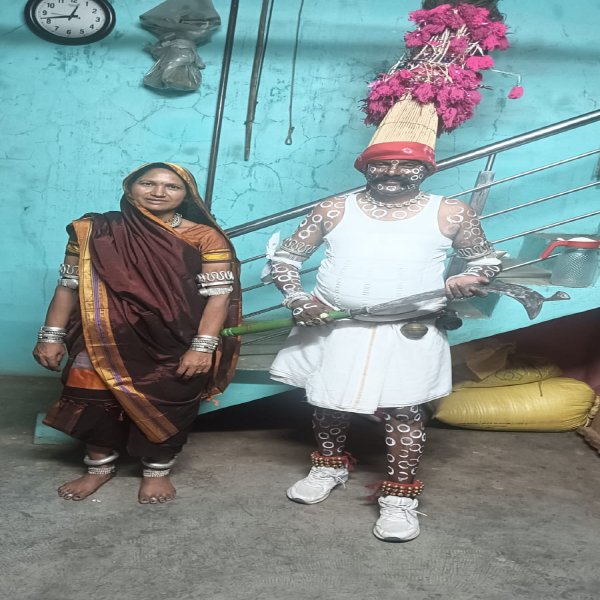
The Bhils are one of the largest tribal groups in India, with a significant presence in Maharashtra, particularly in the districts of Dhule, Nandurbar, Nashik, Jalgaon, Ahmednagar, and Aurangabad. Weddings are monumental events in Bhil culture, marked by vibrant and heartfelt celebrations. Central to these celebrations are the wedding songs, primarily sung by women, which encapsulate the emotions, traditions, and cultural values of the community. Maay baapone chinshe sudade ladi sud dejol, Sasar wadyo lugade pele ladi pele lo Tara vavi nahi lavi kaay; Kaay juneladi Tara vavi dogali lavi; Kaay kaay juneladi Meaning of the Song This song is a symbolic declaration of the bride's transition from her parental home to her husband's household. It emphasizes the tradition where the bride starts wearing a sari given by her husband, leaving behind the sari given by her parents. This gesture signifies her integration into her new family.
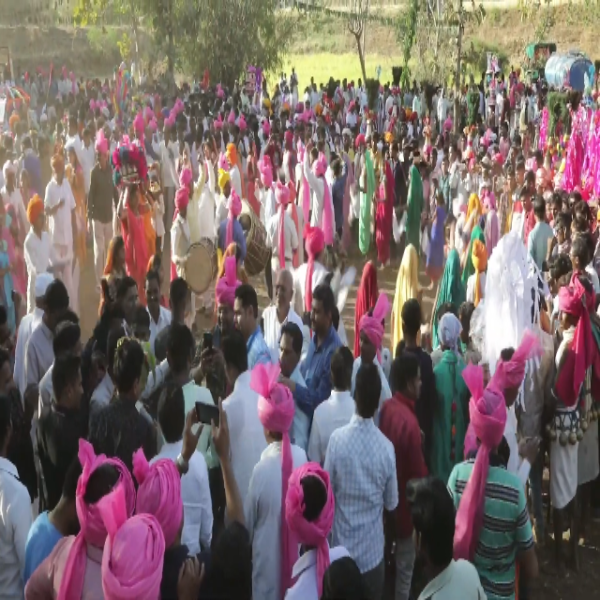
Song- Mazbi ekane babebi akeli; Vare lane lavati reji Sodak be dekhali rasta be dekhana; Vare lage avati reji olina bena Meaning of the Song The bride's sisters and friends sing this song to express their feelings of loss and to remind her of the emotional void her absence will create in her parental home. They urge her to visit her parents often, reflecting the bittersweet emotions of parting and the enduring bond with her family.
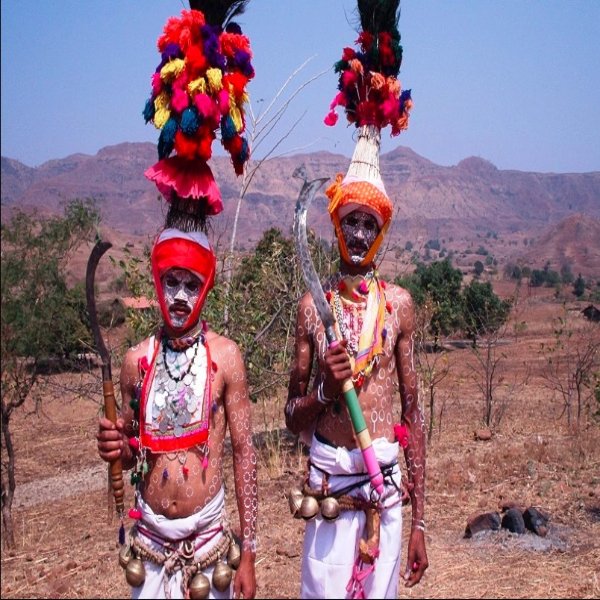
Song- Chale nighi aadrani akher; Raja akho bharodalaraja akher Dilam dilo denari tu rani nighu jathu ; Maho hoyali rani hedo; Raja kahi sodi ali Dilam dil denari mulake sodi ali; Kaay kaay kavali Rani Rajachaali, Mahi shala Raja akhu mahushala Raja akhu Sarekha jodu khature; Mulkesodi aloyahi alorahi Ya hubal Raja sarkha jodu; Khature soduni nihati alo Vaach vaach Rani lakho Raja akho; Audhi rate pune dhogine hadi ala Maho shil Raja alo mahu; Shala Raja sakhar kha Sakhar kha joda khat mulke sodi ala Meaning of the Song Sung by Bhil men, this song is a heartfelt expression of the groom's sorrow as he watches his bride leave. It poetically conveys the groom's lament and his longing, questioning why his beloved is leaving him behind. It captures the poignant moment of departure, highlighting the deep emotional connection between the bride and groom.
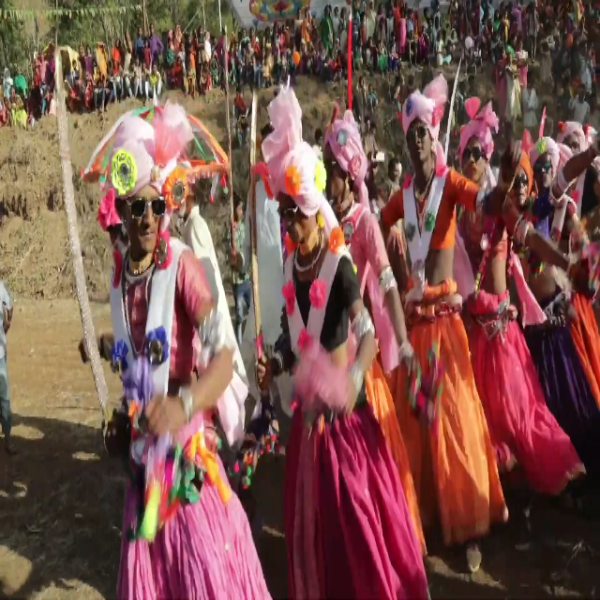
Aalya gadilya bane gadilya; Pochari naidan haay ma bahaka Havgete phirau, dej phirau; Poyari nadan ha ma bahakal; Paisa phirau, samane phirau Poyari nadan ha ma bahakal; Aalya gadilya bane gadilya; Poyari nadan ha ma bahakal Meaning of the Song This song celebrates the beauty and youth of the bride, expressing the readiness of the groom's family to welcome her with gifts, ornaments, and a bride price.

Bhil wedding songs hold deep cultural significance, serving as more than just entertainment. They are an essential oral tradition that preserves and conveys the tribe's heritage, values, and social norms across generations. These songs act as a living archive of the Bhil tribe’s history, beliefs, and customs. They help pass down ancestral traditions, allowing younger generations to understand the cultural significance of marriage. Wedding songs provide an outlet for expressing emotions such as joy, sorrow, longing, and love. They reflect the collective sentiments of the community, the bride, and the groom, creating a shared emotional bond. These songs are an integral part of wedding ceremonies, marking different stages of the rituals. They accompany specific rites, adding depth and reinforcing the sacred nature of the occasion.


